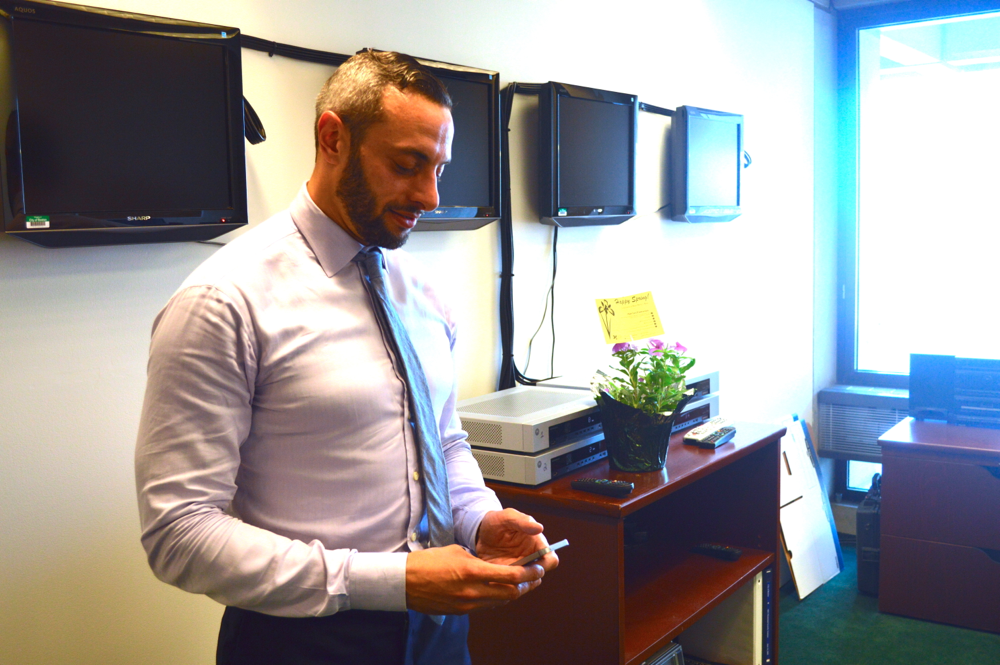
At his first State of the City tonight, Mayor Walsh will unveil a new initiative aimed at driving civic engagement and government transparency. Showcased on the screens erected at Boston Symphony Hall will be a new public version of the Mayor’s Dashboard – an aggregation of municipal metrics and city data he uses to keep a finger on Boston’s digital pulse.
The public version will display information based on four different categories: human & basic services, city services, public safety and homicides. This gives Bostonians a keyhole into the kinds of issues City Hall is keeping an eye on – from the number of guns picked off the streets and missed trash pickups to reported graffiti.
The dashboard is a substantial step forward from the past two versions, which displayed more rudimentary information in a less user-friendly fashion.
Open data is an important tool for supporting research and startups
“The first version provided a very basic look at a few key statistics,” Jascha Franklin-Hodge, the City of Boston’s CIO told BostInno. “Over the summer a second version was developed with an improved user interfaced and deeper set of data attached to it.”
The latest version, which was developed over the past few months,is what the public will be privy to: a data display that also links back to analytics work in City Hall. The first two iterations were built by outside vendors. The current one was built by Franklin-Hodge and his Department of Innovation & Technology.
By keeping the hardware and software in-house, I&T can add data types in real-time, create new screens and make sure high level pictures are reflected on the mayor’s dashboard. Adaptability is what sets it apart from the previous renditions.
Almost everything Mayor Walsh sees, the public will be able to view as well.
“Hit the full screen button and it’s like you’re the mayor” added Franklin-Hodge. “Showing the public the same data the mayor is looking at in his office is a way to help people understand the issues we’re tracking.”
More importantly, being able to see city progress and performance, or lack thereof, lets the people hold City Hall accountable.

Mayor Walsh thinks so highly of this technology that he also plans on implementing dashboards in the offices of his cabinet heads and department chiefs. His chief of staff, Dan Koh, already has one.
News of the public dashboard comes just hours after the city announced a partnership with Uber for which the ride-sharing company will provide driver and ridership data. That information, “compiled in a manner that protects the privacy of riders and drivers,” is aimed affording city officials more insight on how to “manage urban growth, relieve traffic congestion, expand public transportation, and reduce greenhouse gas emissions.”
Transportation data, Franklin-Hodge added, is one area he hopes his team will be able to incorporate in the near future. The ink on the deal with Uber dried just Monday, so he hasn’t even had time to strategize on how best to gather and display ridership data.
He acknowledged that this is one area to be examined, not only for public safety purposes, but for the startup community as well.
“We see this as an extension, another facet of our open data portal,” said Franklin-Hodge. “Open data is an important tool for supporting research and startups. But it isn’t enough to just put data out there and hope people use it. We’re hoping to tell a story with that data and make it useful.”
